
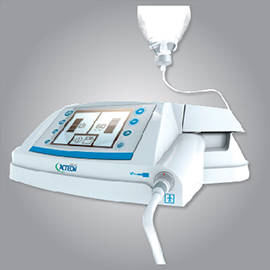
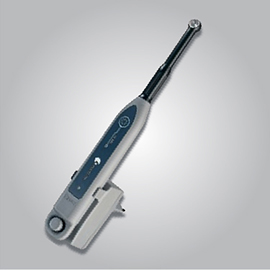
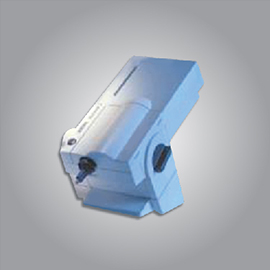
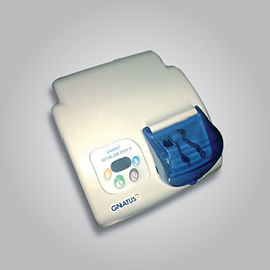
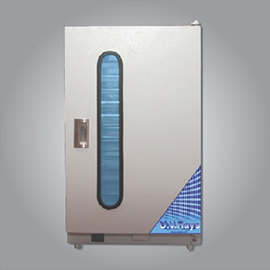
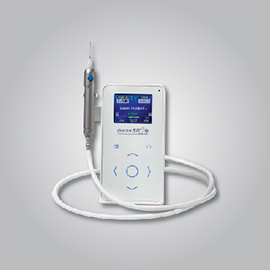
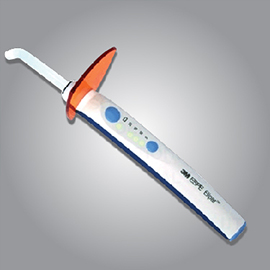
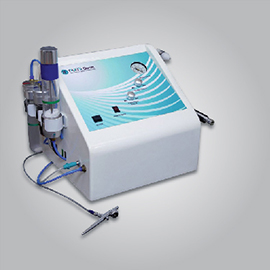
.jpg)
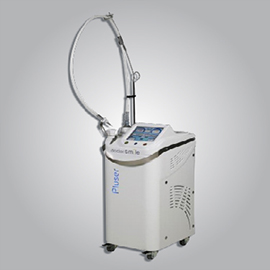
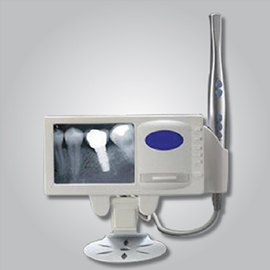
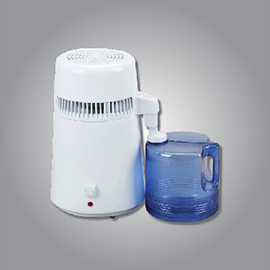
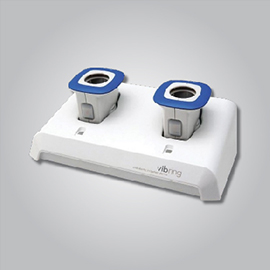
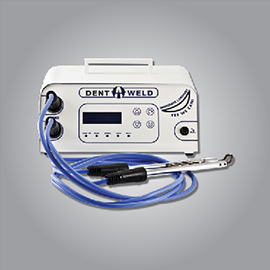
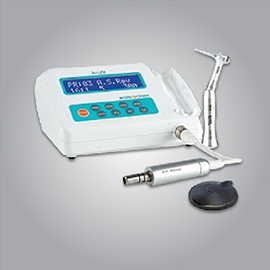
Endo motor for RCT
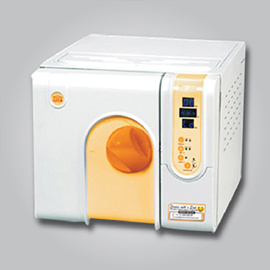
Class B sterlizer for instrument
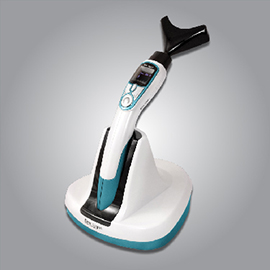
Light cure unit with high UV light frequency
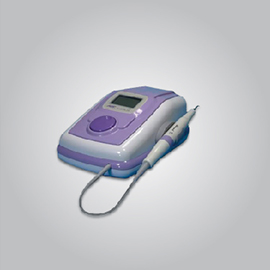
Electric ultrasonic
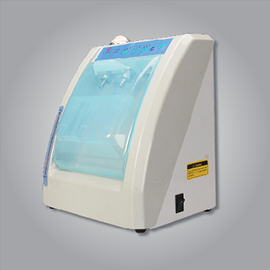
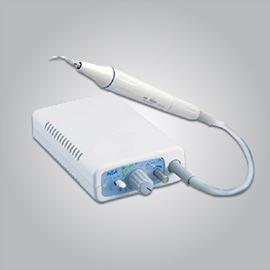
Fiber optic LED Scaler
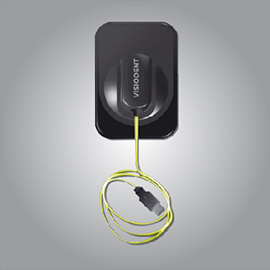
RVG sensors
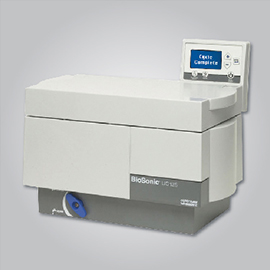
Instrument cleaning unit
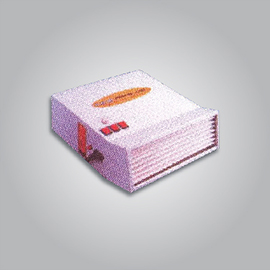
Used in Dental OT
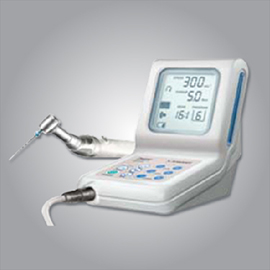
Endo motor for RCT

Advanced Endo motor for RCT

Advanced bleacing / whitening system

Advanced implant physio dispensor
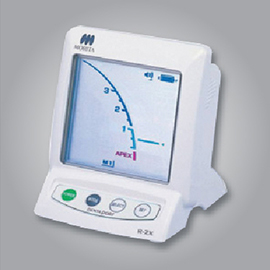
Used for predictable RCT


Lasers have been used in dentistry since 1994 to treat a number of dental problems. Yet,
Dentists use lasers in a variety of dental procedures, including:
Laser dentistry can be less invasive than traditional dental procedures, and can result in less pain, bleeding, and swelling. The risk of infection is also relatively low.
Implants replace missing teeth, including the root. They are implanted in the jaw bones in place of missing teeth.
After a healing period of about 3 months, the titanium implants will be firmly anchored in the bone. This process is called osseointegration.
When the implant is successfully "fused to the bone"? an abutment is screwed onto the implant on which a new tooth in the form of a crown is constructed.
NTI-tss stands for Nociceptive Trigeminal Inhibition. Nociceptors are nerves that sense and respond when the body is harmed. They tell the brain of impending damage, injury, or irritation. Trigeminal refers to the nerve which has three sensory divisions within the face and neck. The lower case tss stands for tension suppression system.
Full mouth rehabilitation cases are one of the most difficult cases to manage in dental practice. This is because such cases involve not only replacement of the lost tooth structure but also restoring the lost vertical dimensions.
Full mouth reconstruction is basically a set of procedures that are aimed at correcting an improper bite position as well as restoring chipped or worn out teeth. Improper jaw position is implicated in various neuro-muscular disorders as well as in headache and neck ache. Correcting the jaw position not only restores proper function, but also helps in enhancing the cosmetic appearance of the patient.
Bruxism ("gnashing of teeth") is characterized by the grinding of the teeth and is typically accompanied by the clenching of the jaw. It is an oral parafunctional activity that occurs in most humans at some time in their lives.
In most people, bruxism is mild enough not to be a health problem. While bruxism may be a diurnal or nocturnal activity, it is bruxism during sleep that causes the majority of health issues and can even occur during short naps. Bruxism is one of the most common sleep disorders
During sleep, the subconscious processes become active, while the higher control is inactive, resulting in bruxism. Some bruxism activity is rhythmic (like chewing), and some is sustained (clenching). Researchers classify bruxism as a habitual behavior, and a sleep disorder.
It is theorized that certain medical conditions can trigger bruxism, including digestive ailments and anxiety.
Dental bleaching, also known as tooth whitening, is a common procedure in general dentistry but most especially in the field of cosmetic dentistry.
There are many methods to whiten teeth: bleaching strips, bleaching pen, bleaching gel, laser bleaching, and natural bleaching.
Traditionally, at-home whitening involves applying bleaching gel to the teeth using thin guard trays. At-home whitening can also be done by applying small strips that go over the front teeth.
Oxidizing agents such as hydrogen peroxide or carbamide peroxide are used to lighten the shade of the tooth.
Power bleaching uses light energy to accelerate the process of bleaching in a dental office.
The effects of bleaching can last for several months, but may vary depending on the lifestyle of the patient.
Factors that decrease whitening include smoking and the ingestion of dark colored liquids like coffee, tea and red wine.
Orthodontics is the specialty of dentistry that is concerned with the study and treatmentof malocclusions (improper bites), which may be a result of tooth irregularity, disproportionate jaw relationships, or both.
Orthodontic treatment can be carried out for purely aesthetic reasons with regards to improving the general appearance of patients' teeth.
Tooth Jewellery is the latest thing to add a sparkle to your dazzling smile, you can now have a sparkling crystal glass design or something in gold or a twinkle of ruby or maybe an aquamarine blue diamond shining on your tooth.
The procedure for applying jewellery is absolutely safe! The application is a very simple 15 minute procedure. The design is bonded on to your tooth structure. You can have it removed at any time, or simply replace it with another one. Since there is no drilling involved (it is directly bonded to the tooth surface), it doesn't harm your teeth and is absolutely pain free and no worrying about brushing, eating or the sparkling crystals becoming dull or changing color.
THE KRYST are SWAROVSKI CRYSTALS that are specially treated making them ready for dental use so that they easily attach and can be easily removed without causing any damage to your natural tooth.
Kryst has a spectacular collection of 12 colors and 3 different sizes from where you can pick your favorite color and design.
smile is considered a "gummy smile" if a significant amount of gingival tissue (gums) can be seen as a person smiles. Although a gummy smile is considered a normal variation of human anatomy, many people with gummy smiles are very self-conscious when smiling. Fortunately, these smiles can be corrected with simple periodontal surgery procedures.
Each tooth has four main parts, including the following:
People have two sets of teeth in their lives, the primary teeth which are also called the baby, milk or deciduous teeth and the permanent teeth which are also called the adult or secondary teeth).
Children have 20 primary teeth; they are replaced by the permanent teeth by about age 13. Adults have 32 permanent teeth.
Dental caries , also known as tooth decay or cavity.
It is a disease wherein bacterial processes damage hard tooth structure
These tissues progressively break down, producing dental caries or in simple words cavities, holes in the teeth...
If left untreated, the decay or caries can lead to pain, tooth loss, infection.
Correct brushing technique is also vital. A lot of people brush their teeth too hard, and this damages the calcium surrounding the teeth.
The calcium is what makes your teeth look white so you need to do all you can to look after it. That is why you should use a soft toothbrush and gently let the bristle do the work instead of brushing vigorously.
You should brush the front of your teeth from side to side first and then in a circular motion for a short amount of time. If you follow this advice you will definitely see and improvement in the whiteness of your teeth in the span of a couple of months.
Firstly it is important to brush your teeth at least twice a day and preferably three times. This keeps your teeth clean of plaque and bacteria that can cause staining and/or decay.
It is a good idea to leave brushing your teeth 20 minutes after you have eaten a meal as your teeth are softer after eating, and will therefore damage more easily if you brush immediately after. After brushing you should then floss and rinse your mouth out with mouthwash to get rid of the bacteria in places that brushing can't reach.
Pregnancy is a very exciting and busy time. There are so many changes going on in your body and your mouth is no exception.
Good oral hygiene is extremely important during pregnancy because the increase of hormone levels during pregnancy can cause dental problems to be intensified.
One of the most common dental problems associated with pregnancy is a condition known as pregnancy gingivitis, which usually occurs during the first trimester.
Symptoms of pregnancy gingivitis are usually bleeding, swollen, red and tender gums.
Chewing tobacco affects your dental health as well as the rest of your body..
About 70 percent of those deaths are from oral cancer
Chewing tobacco is very addictive because it contains higher levels of addictive nicotine than cigarettes and can be harder to quit than cigarettes.
Other cancers caused by tobacco include cancer of the pancreas, nasal cavity, urinary tract, oesophagus, pharynx, larynx, intestines and the stomach
Good oral health is an essential component of our overall health.It is even more important for the growing children as oral diseases have implications beyond the mouth and can cause significant general health problems, pain, interference with eating, and lost school time.
Dentists can play an important role in preventing oral diseases by screening risk assessment, preventive care and treatment.They can also form a strong oral health foundation by educating parents and children, the importance of a healthy mouth.
Endodontic treatment involves involves the nerves and blood vessels in the center of the tooth, called the pulp.
Symptoms that may indicate a need for endodontic treatment include:
GINGIVITIS (inflammation of the gum tissue) is a term used to describe non-destructive periodontal disease . The most common form of gingivitis is in response to bacterial bioflim also called plaque adherent to tooth surfaces, termed plaque-induced gingivitis, and is the most common form of periodontal disease.. In the absence of treatment, gingivitis may progress to periodontitis, which is a destructive form of periodontal disease.
A wisdom tooth is in humans any of the usually four third molars Wisdom teeth usually appear between the ages of 17 and 25.
Most adults have four wisdom teeth, but it is possible to have more, in which case they are called supernumerary teeth.
Wisdom teeth commonly affect other teeth as they develop, becoming impacted or "coming in sideways". They are often extracted when this occurs.
Preventive dentistry starts when your baby gets his or her first tooth. This treatment is specially meant for children and hence it is very cheap. You will need to visit your dentist when the first tooth comes in and the dentist will guide you about how you can take good care of your baby's teeth. This way it is possible to have a generation, which will be free from any kind of cavities in their teeth.
A root canal is the space within the root of a tooth.
It is part of a naturally occurring space within a tooth that consists of the pulp chamber (within the coronal part of the tooth), the main canal(s), and more intricate anatomical branches that may connect the root canals to each other or to the surface of the root.
-With FUSS, we remove a 6- to 10-inch strip of skin from the back of your head.
-We set it aside and sew the scalp closed.
-This area is immediately hidden by the hair around it.
-Next, we divide the strip of removed scalp into 500 to 2,000 tiny grafts, each with an individual hair or just a few hairs.
-The number and type of graft you get depends on your hair type, quality, color, and the size of the area where you’re getting the transplant.
-If you’re getting the FUE procedure, we will shave the back of your scalp.
-Then,we will remove hair follicles one by one from there.The area heals with small dots, which your existing hair will cover.